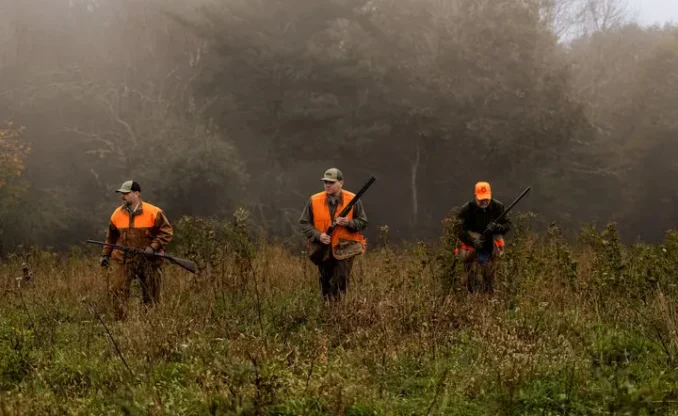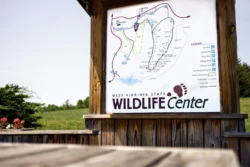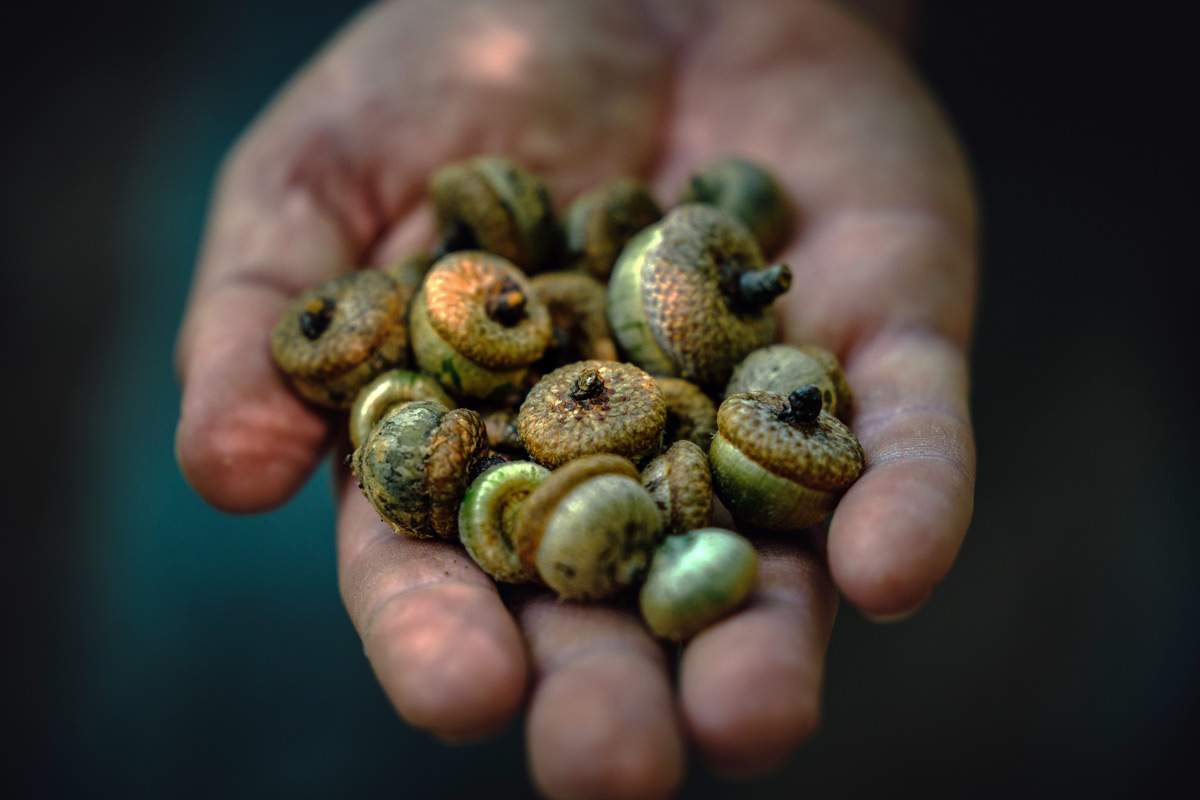They’re small and usually unnoticed by the untrained eye, but acorns and other mast enjoyed by squirrels, deer and other wildlife are a valuable resource this time of year and biologists for the West Virginia Division of Natural Resources are surveying forests to determine availability of these food sources across the state.
Since 1971, biologists with the WVDNR Wildlife Resources Section and volunteers around the state have conducted surveys to determine the abundance of mast produced by 18 species of trees and shrubs. This year, more than 200 surveys are being done in each of West Virginia’s 55 counties.
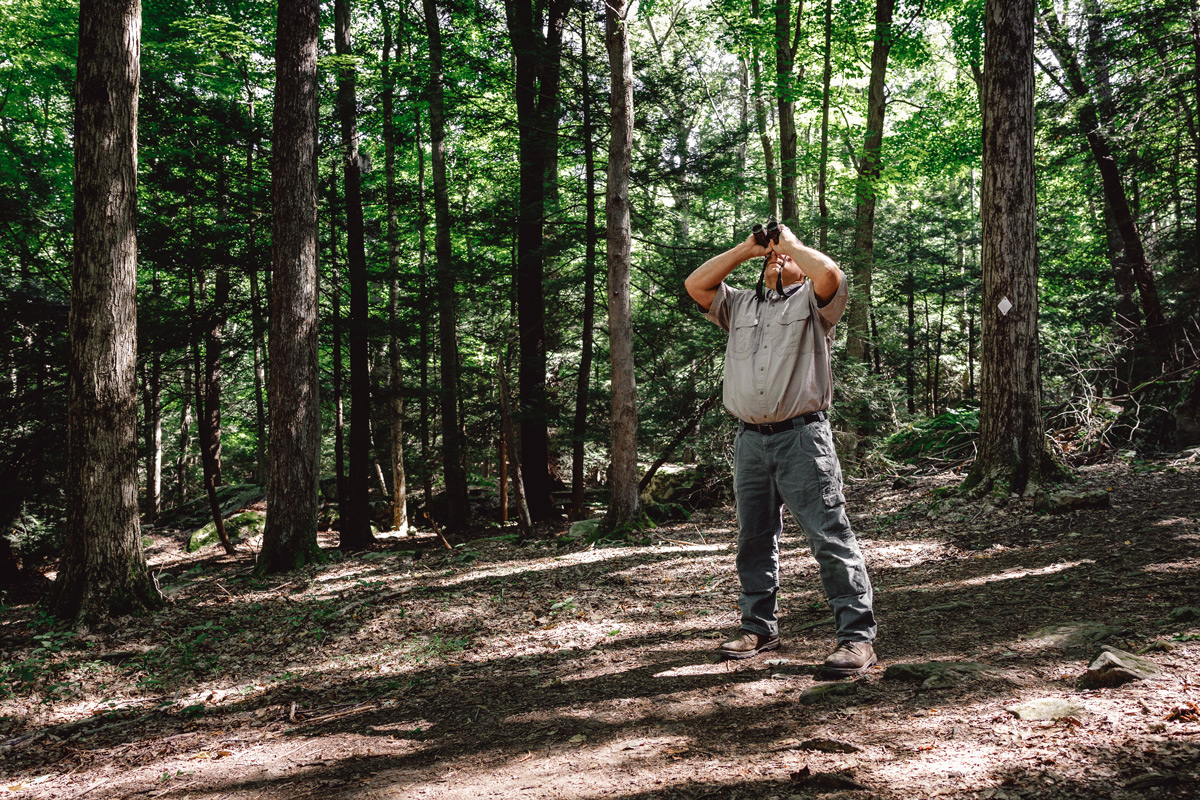
During a mast survey, biologists and volunteers are looking for acorns and other food sources to see if they’re scarce, common or abundant, which will help the WVDNR make predictions about the upcoming hunting seasons.
Mast, which includes hard species, such as acorns, and soft species, such as apple, are food sources for game and non-game animals. In years where it’s abundant, wildlife will spread out over their home range and are often more difficult to see in the woods or on a hunt. In years when food is scarce, wildlife will move to locations where it’s available.
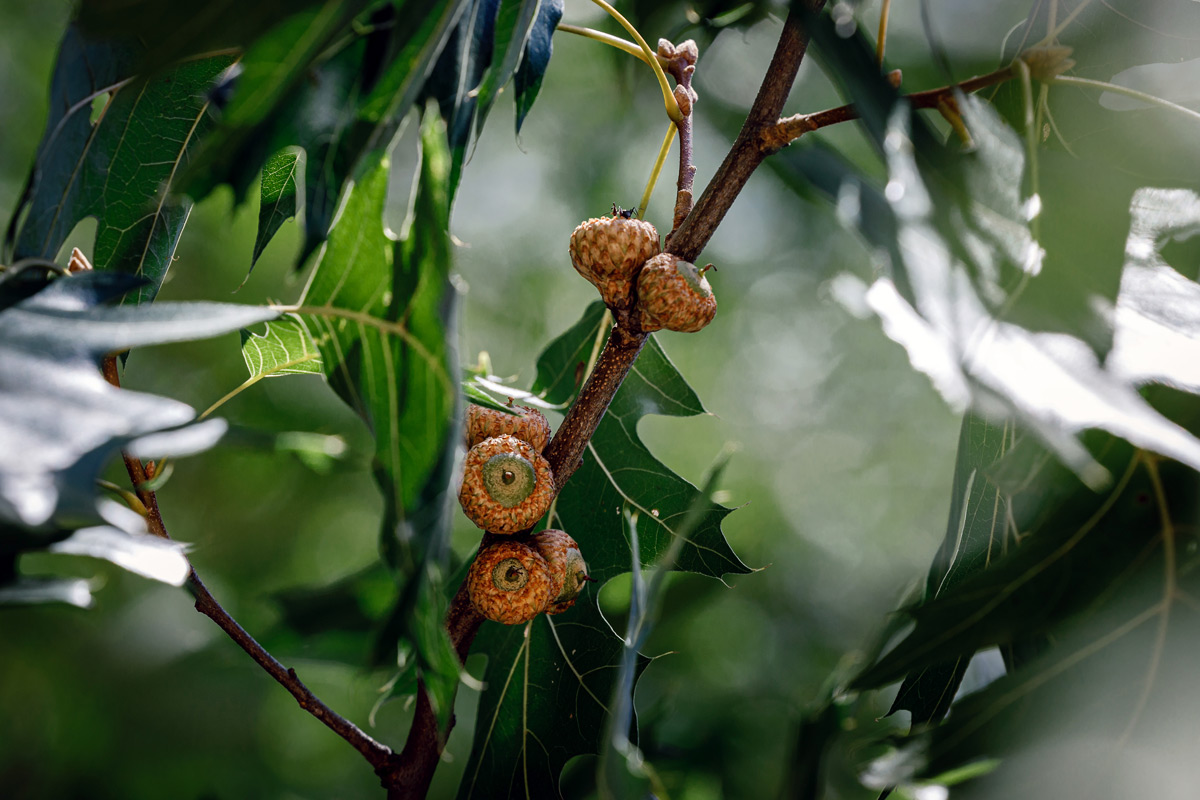
The availability of food in the fall has significant impacts on wildlife populations and game harvests, so it’s important for hunters to scout and consider the type and amount of food available in the areas they want to hunt.
Information collected by WVDNR biologists will be available in the 2020 Mast Survey and Hunting Outlook, which will be available at wvdnr.gov in October. To learn more about hunting seasons in West Virginia, download a copy of the 2020-2021 Hunting Regulations at wvdnr.gov/hunting/hunting_regs.shtm. To purchase a hunting license, visit wvhunt.com.

